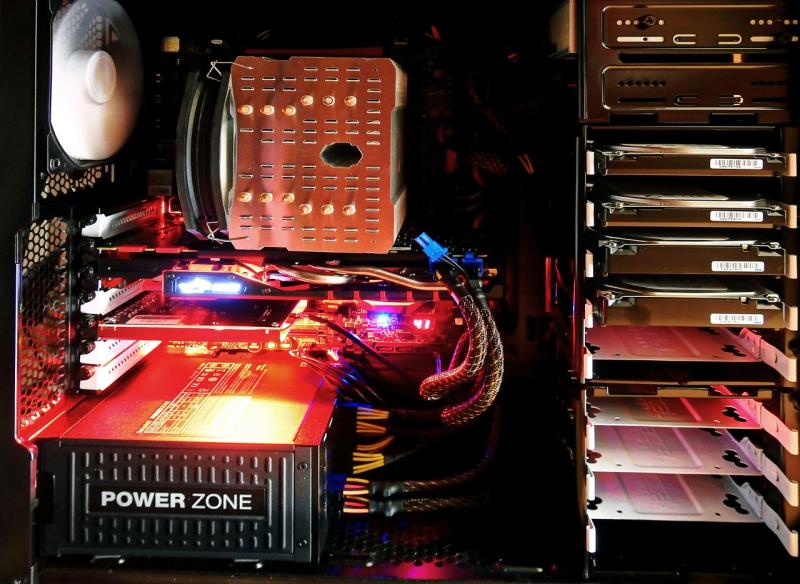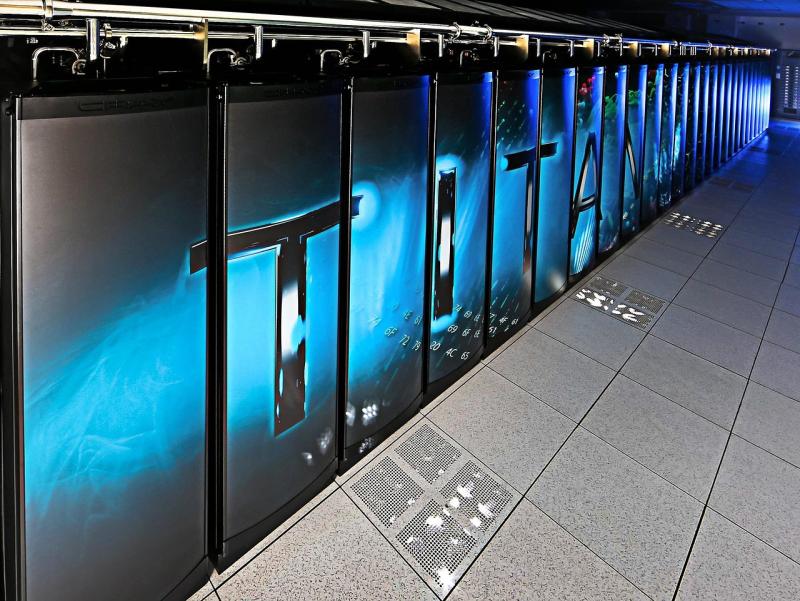Engineering simulations and computational modeling are critical for designing, testing, and optimizing everything from mechanical systems to infrastructure projects. Workstations tailored for these tasks offer the computational power, precision, and versatility needed to handle resource-intensive simulations and solve complex equations. These systems help engineers and researchers streamline workflows, enhance accuracy, and bring innovative solutions to life.
---
### **Processing Power for Advanced Simulations**
Simulations such as finite element analysis (FEA), computational fluid dynamics (CFD), and thermal modeling require immense processing power to solve intricate mathematical problems. Workstations designed for engineering feature high-performance multi-core processors with advanced parallel computing capabilities. These CPUs enable engineers to execute simulations faster, test multiple scenarios simultaneously, and refine designs efficiently.
From stress testing structural components to analyzing aerodynamics, these processors handle complex engineering challenges with ease.
---
### **High-End GPUs for Dynamic Visualization**
Visualization plays a central role in interpreting simulation results and presenting insights. These workstations are equipped with professional-grade GPUs that enable real-time rendering of simulations, including fluid dynamics, structural stress, and heat transfer analyses. GPUs also accelerate processes like meshing and post-processing, ensuring engineers can analyze detailed results faster and more effectively.
With support for ray tracing and 3D rendering, these GPUs provide high-definition visual outputs, helping engineers and clients better understand project outcomes.
---
### **Large Memory for Resource-Intensive Tasks**
Engineering simulations often involve managing large datasets and running multiple software programs concurrently. These workstations include substantial RAM configurations—ranging from 64GB to 256GB or more—to support memory-intensive calculations, iterative simulations, and real-time collaboration. Whether processing CAD models or performing electromagnetic simulations, this memory capacity ensures seamless performance.
---
### **Storage Solutions for Engineering Data**
Simulations and computational modeling generate extensive datasets that need to be accessed, stored, and analyzed efficiently. Workstations for engineering applications combine NVMe SSDs for quick file access with high-capacity HDDs or RAID setups for long-term storage. This balance ensures engineers can manage current projects effectively while archiving completed ones for future reference or compliance.
---
### **Optimized for Industry-Leading Software**
These workstations are designed to run advanced engineering and modeling software, such as ANSYS, SolidWorks, COMSOL Multiphysics, and Abaqus. GPU acceleration and optimized processing ensure smooth operation, even for the most demanding simulations. Integrated support for programming environments like MATLAB and Python further enhances capabilities for engineers working on custom models and workflows.
---
### **Applications Across Engineering Fields**
Workstations for engineering simulations and computational modeling support a wide range of industries and applications:
- **Mechanical Engineering:** Perform stress, fatigue, and thermal simulations for machinery and components.
- **Civil Engineering:** Analyze structural integrity, seismic performance, and material properties for buildings and infrastructure.
- **Aerospace Engineering:** Optimize aerodynamics, propulsion systems, and flight dynamics for aircraft and spacecraft.
- **Automotive Engineering:** Simulate crash tests, design fuel-efficient systems, and improve vehicle performance.
- **Energy and Environment:** Model renewable energy systems, optimize grid performance, and analyze environmental impacts.
Their adaptability makes them essential tools for engineers and researchers across multiple domains.
---
### **Reliability for Prolonged Computational Tasks**
Simulations often require long processing times to achieve detailed results. These workstations are built for endurance, featuring industrial-grade components, advanced cooling systems, and stable power supplies to maintain peak performance during extended operations. This reliability minimizes interruptions and enhances productivity for teams working on mission-critical projects.
---
### **Future-Proof and Scalable Solutions**
As engineering challenges evolve and simulations grow more complex, hardware requirements increase. These workstations are designed with scalability in mind, allowing users to upgrade processors, GPUs, memory, or storage to meet future demands. This ensures the system remains a valuable asset for years to come.
---
**Bringing Ideas to Reality**
Workstations for engineering simulations and computational modeling empower engineers and researchers to tackle complex problems with confidence. By delivering cutting-edge performance, precision, and reliability, these systems accelerate innovation and improve project outcomes. Whether you're designing the next-generation aircraft or optimizing renewable energy solutions, these workstations provide the foundation for engineering success.
View our related products
See more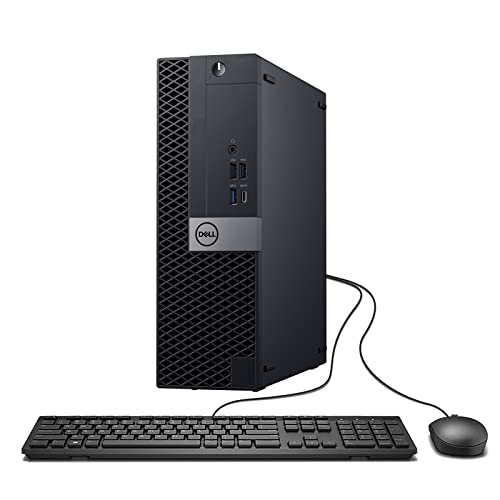
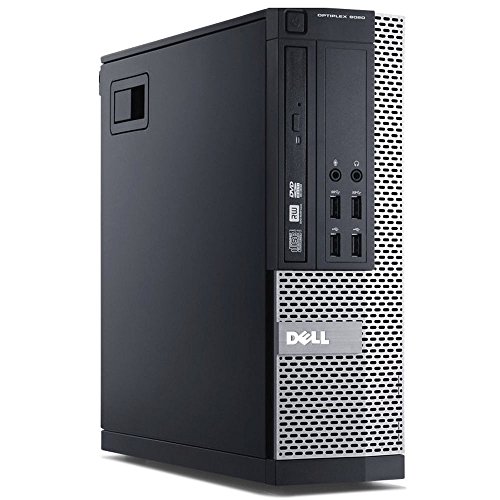
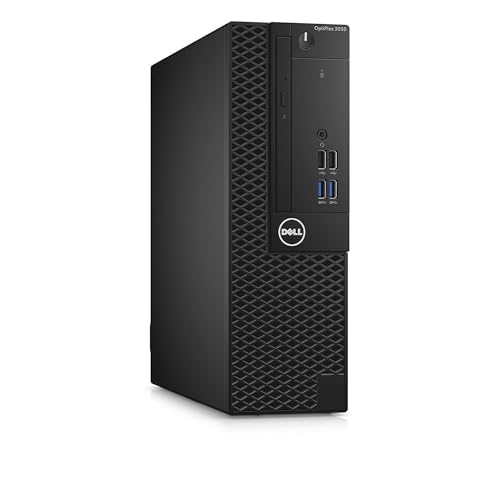
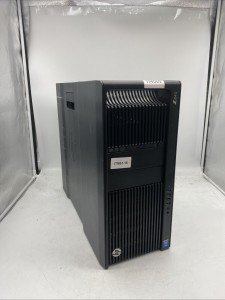
Workstations for Engineering Simulations and Computational Modeling
Find the Best Workstations for Your Engineering Needs
Related Articles
Essential High-Performance PC Components You Need Now
Upgrade your setup with the must-have parts for unbeatable gaming and productivity
Top Picks for Best High-Performance PCs
Find the perfect power machine for gaming, work, or creative projects
Your Guide to the Best High-Performance PCs
Find the Right PC for Your Gaming and Creative Needs
View our related products
See more



